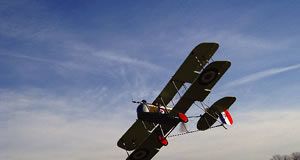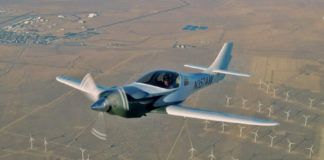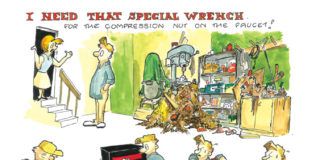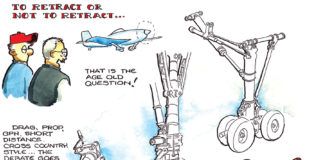
Living the dream. That is what this amateur airplane builder was doing as he flew along the coast of Alaska, taking the trip of a lifetime in the plane he built himself. A “glory” is formed when light passes through thin clouds, and the observer above has the sun directly behind him or her.
You want to build your own airplane? Can you do that? Are you crazy? Your friends and family may have already asked you these questions, but if you have made it this far, your answers must have been yes, yes, and absolutely not, as well they should be. Or maybe the prospect of building an airplane is just too daunting, so you want to buy an Experimental/Amateur-Built (E/A-B) plane that is already flying. Surely you wouldn’t fly a plane that someone else built, would you? Well, why not? Lots of people do—more and more every day. For the money spent, a used E/A-B plane is typically better equipped and most likely newer than a typical used Cessna or Piper. Quite a few people have figured this out. Maybe you are one of them and are trying to decide which used E/A-B will meet your flying needs and your budget. Or perhaps you really want to join the ranks of airplane builders, a cadre of craftsmen that has already turned out over 30,000 aircraft since the FAA instituted the E/A-B category. If so, you have come to the right place.
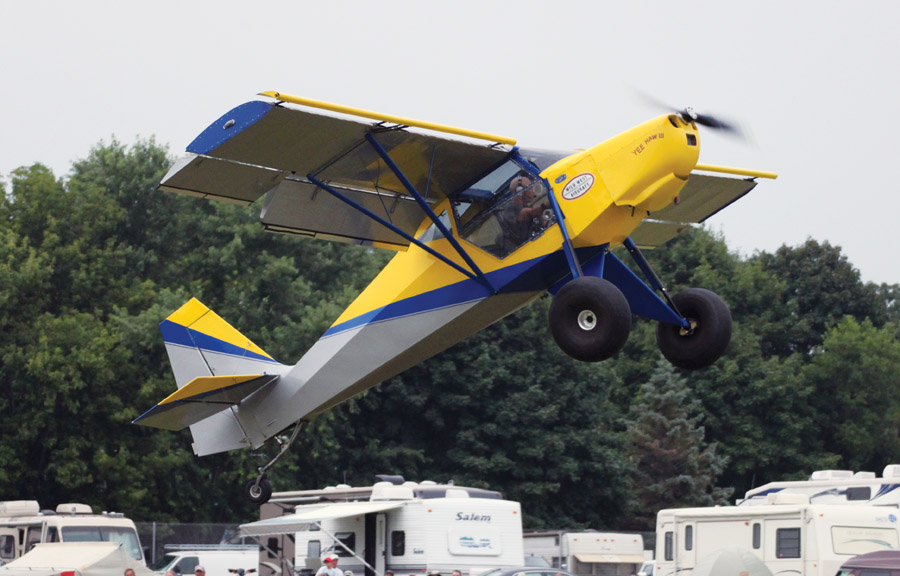
This Just SuperSTOL wows the crowd at Oshkosh. You can build one of these planes and fly it in and out of places that you never thought possible, but don’t discount the need for some serious practice and training before you try it on your own.
Value
Value is the one word that perhaps best describes the appeal of E/A-B airplanes to so many people. Sure, there are plenty of folks who just wish to build something, but the big attraction for so many builders, and certainly used airplane buyers, is the value of what you can get for what you spend. Let’s face it, newer certificated airplanes are simply too expensive for most people. When a new Cessna 172, which isn’t really much more than a glorified trainer, starts pushing $400,000, the average guy or gal has simply been left behind. For that kind of money you can still buy a pretty nice house in most of the country. For half that money you can build or buy just about any E/A-B airplane you want. And for a fourth of that you can choose from a vast array of planes that can give you many years of flying enjoyment. Even for one-tenth of that, you can still get in the game with more choices than you might imagine, and certainly more performance than the same amount of money would get you in the certificated world. Let’s look at a few examples.
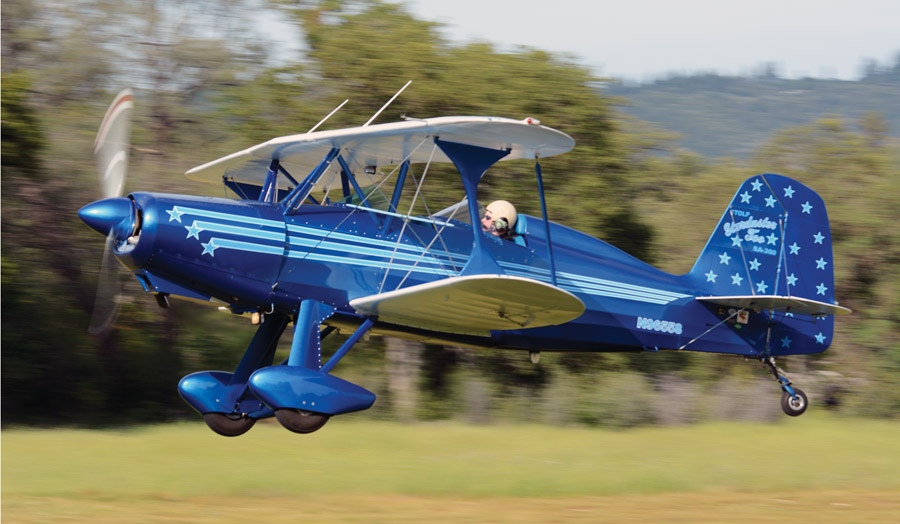
Designed over 50 years ago, the Starduster Too is still one of the most popular biplanes. Plans, materials, and parts are available from Aircraft Spruce. (Photo: Tom Wilson)
Suppose you want a biplane that captures the spirit of the Stearmans and Wacos of the WW-II era. But suppose you don’t have $100,000 or two, to spend on a plane that will be expensive to insure and operate. How about building a Starduster or a Hatz, just to name two possibilities? These are fun planes to fly and can be bought complete or in parts that require some assembly for a fraction of the cost of a decent Stearman, let alone a Waco. It will take some time to build one of these planes from plans, if that is what you decide to do, but these days there are many pre-made components that can cut considerable time off the building process.
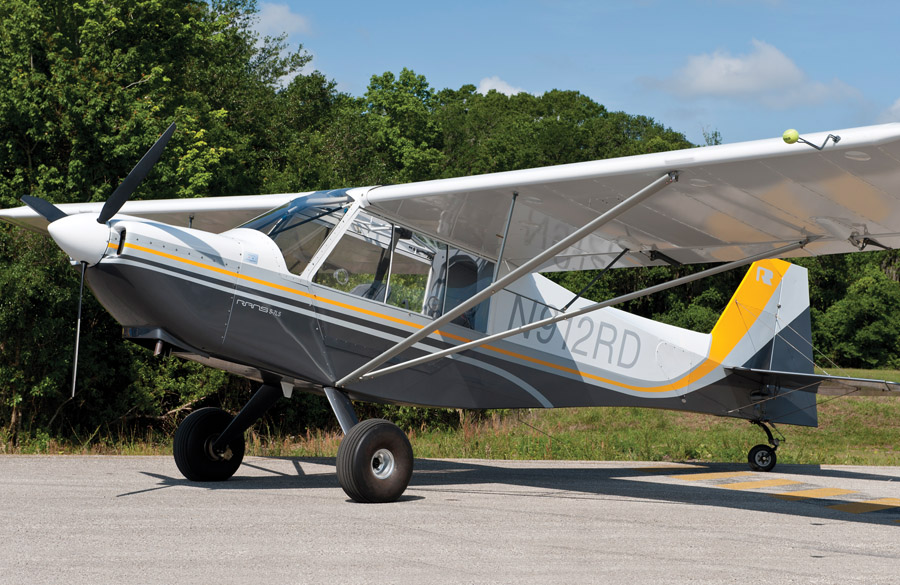
The RANS S-7S is a great, affordable way to get into an E/A-B airplane and take on the backcountry. (Photo: Richard VanderMeulen)
How about a new Super Cub that you can customize just the way you want it? For one thing, Piper hasn’t made a new Super Cub for over 30 years. You could buy a new Husky or Top Cub for something north of $250,000, but customizing it would be limited to FAA-approved options and would cost a lot. On the other hand, you could build your own brand new Super Cub clone for about $100,000 with a new engine, modern avionics, and a useful load that far exceeds anything that ever came out of Lock Haven. And if you are willing to stretch that to about $150,000, you can create a luxury bush plane that exceeds even the wildest dreams of the Piper engineers.
Maybe a cross-country cruiser is more up your alley. A Van’s RV-14 will whisk two big adults from here to there at just under 200 mph while burning about 12 gallons per hour. It is just a two-place plane, but honestly most people do not carry more than one passenger anyway. This dream machine can be built for under $100,000, complete with IFR avionics. A less well-equipped version would cost even less. For that money, you could get a used Mooney that would match those numbers but would cost twice as much to operate, and it wouldn’t be new.
If you have a more modest budget, Van’s makes other models that are less expensive and less roomy, but still great values. They also offer the RV-10, a true four-place family hauler that cruises at 200 mph and holds 1100 pounds of useful load for half the cost of that new Cessna 172, which is about 70 mph slower and holds 150 pounds less.
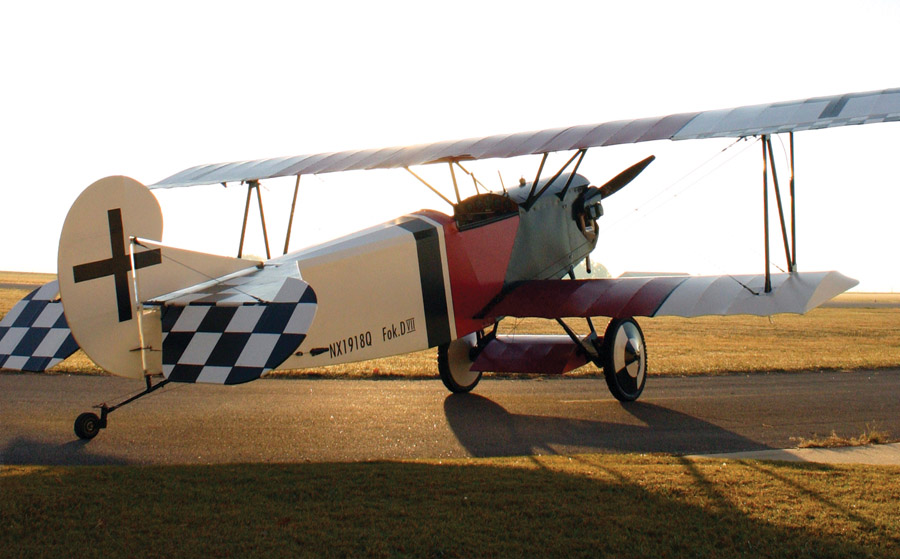
Airdrome Aeroplanes offers kits for a wide variety of replica WW-I aircraft, including the 80% scale Fokker D.VII shown here. (Photo: Sam Buchanan)
Maybe a WW-I biplane is closer to what you had in mind. Getting an original Sopwith, Nieuport, or Fokker is pretty much out of the question, even if you have a big pot of money. But for about the cost of a new car, you could build a replica of one of these classic planes and have a heck of a lot of fun.
Or how about you guys who want to fly as a Sport Pilot but have seen the dream of an affordable SLSA airplane evaporate into the afternoon haze. Take a look at offerings from a diverse lot of companies from Kitfox, RANS, Van’s, Sonex, Zenith and more for planes that can be easily built for $80,000 or less and flown by a Sport Pilot with no medical. These are not toys that have no business flying beyond the local area. These are honest-to-goodness airplanes that can fly hundreds of miles or more or take on the backcountry with the best of the Super Cub set. And for those who choose not to build, good examples of many of these planes are available for sale on the used market. These planes represent real value.
With over 1000 makes and models to choose from in our directory, your options are almost endless. What they all have in common is that they give you the opportunity to get a lot of airplane for your money.

A group of friends helps the author install the wings on his Texas Sport (Legend) Cub project. Making friends is a great side benefit of building an airplane.
What to Build or Buy
When pondering a plethora of possibilities, such as the KITPLANES Directory presents, you need to come up with some means of narrowing the field of potential choices. These “field narrowers” typically include such things as cost, performance, ease of construction, what your friends have, or what you might call social aspects. You may come up with other things to consider yourself, but these provide a good starting point.
Cost
Somehow it is always about the “Benjamins.” This most unpleasant aspect of reality is inescapable, but the good news is that an E/A-B project is likely to be less expensive than a certificated alternative with comparable performance. The bad news is that there does need to be a sober consideration of your personal finances as a big part of your buying decision. Ideally, you should buy your new project or completed aircraft with money you have saved, as opposed to borrowed. This is especially true of a plane you intend to build. Whether you ever finish building that plane or not, the debt will remain and can easily exceed the value of an unfinished project. Think carefully about overextending yourself financially to get into an airplane or an airplane project. Such rashness seldom leads to a good result. Undue financial stress can also lead to marital problems. Be conservative in this regard.
Sometimes you can score some nice cost savings by picking up someone’s partly completed project. This requires some specialized knowledge to avoid problems that may escape the notice of a novice builder, but expert advice is available if you are willing to put forth the effort and spend a little money on a professional pre-purchase evaluation. In many cases you can trade your time for cost savings by forgoing quickbuild options or even building from plans. With some hard work and some shrewd shopping, you may save 25% or more on your project. Many early RV builders elevated this to something of an art form. The point is that cost can be a formidable barrier, but not necessarily an insurmountable one for the truly motivated builder.
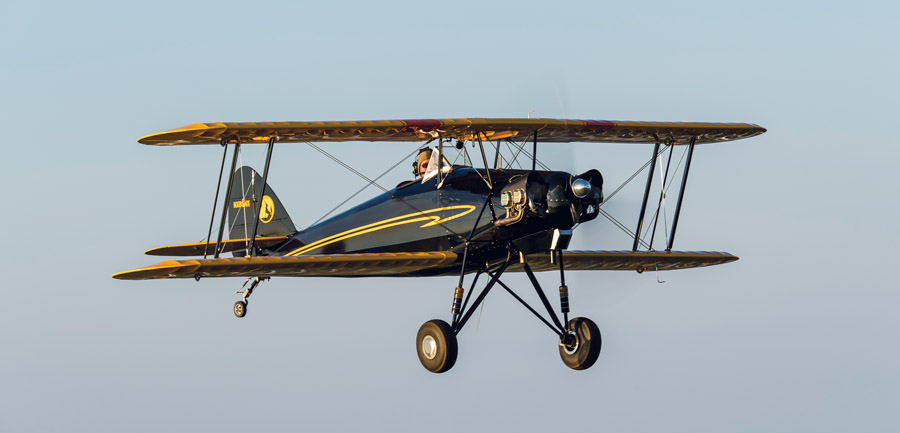
John Roberts’ Tech-Built Skyot is a modern update to a classic design. It was built with hundreds of parts that were precisely cut with a water jet. See the KITPLANES July 2017 issue for details. (Photo: Richard VanderMeulen)
Performance
It is often said, “Build/buy a plane that meets 90% of your flying needs.” And it is hard to argue with the logic of that statement. If you never fly in the backcountry, but mostly fly cross-country for business or pleasure, don’t build a Super Cub clone for example. On the other hand, if you plan to fly out of a farm strip, don’t be looking at canard-equipped planes that eat up runway because they don’t have flaps. All of that is great advice, but so much of private airplane ownership is not about logic; it is about the feeling it gives you when you climb in and fire it up. Don’t let logic take that away from you. No one “needs” a replica WW-I biplane or, for that matter, a tandem two-seat taildragger hot rod like a Harmon Rocket. So what!
I say build or buy what you want, if you can afford it. If you were wrong, sell it and try again with something else. That said, this directory can help steer you toward the plane of your dreams by pointing out the performance features of the many possible choices available. Some planes can land on a football field with the help of a gentle breeze on their nose. Others will rip through the sky at 200 knots. Sadly, it will never be the same plane doing both of these. Some planes will carry just about whatever you can put in them, while others will be hard pressed to carry more than a toothbrush and a change of underwear with two average-sized people and full fuel. Check the numbers to be sure the plane you choose can handle the job you have in mind for it.
A word to the wise—high-performance planes on either end of the speed spectrum require advanced training and a dedication to proficiency to realize their full potential. Planes that will exceed 200 knots will also likely have high stall speeds and oftentimes unforgiving stall characteristics. That is the cost of all out speed. Flying one of these planes is not something an untrained and/or inexperienced pilot should consider. These planes are not for everyone, and those who do not show their demanding flying qualities the proper respect have often paid dearly for it.
On the other end of the speed spectrum, those super STOL planes that demo pilots land on sandbars and patches of grass the length of a football field also demand some serious training and careful practice to achieve such performance. This does not mean that the average pilot cannot aspire to such skill, but it will not come without serious effort. Just be aware that high-performance flying at either end of the envelope is not something that the plane is going to do for you. If you make the commitment to buy or build such a plane, be sure to also make the commitment to acquire the skills needed to fly that plane safely and well.
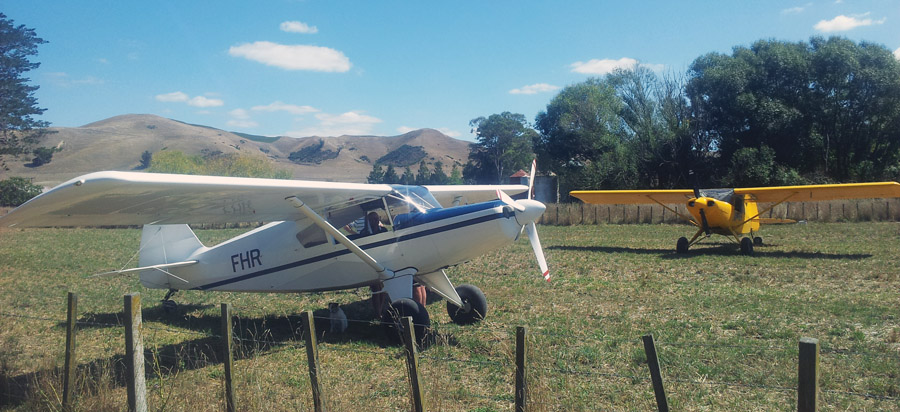
The Bearhawk can carry four full-sized adults, full fuel, and over 250 pounds of cargo. See the March 2017 issue of KITPLANES. (Photo: Jonathan Battson)
Construction
Besides performance, there are different methods of construction to consider. Some planes make extensive use of fiberglass composites, endearing themselves to some builders while setting up painful allergic reactions in others. Some planes make very little use of composites but require driving thousands of rivets, while others get covered with fabric in a manner reminiscent of yesteryear. If you are unsure about a certain method of construction, there are forums and workshops available at EAA AirVenture or around the country in the form of EAA SportAir Workshops. Or you could join an EAA chapter and try to connect with a local builder to see what he or she is doing. Remember, you’re going to be spending hundreds—if not thousands—of hours building your plane, so it’s important to determine up front the construction method that best suits your needs and personality.
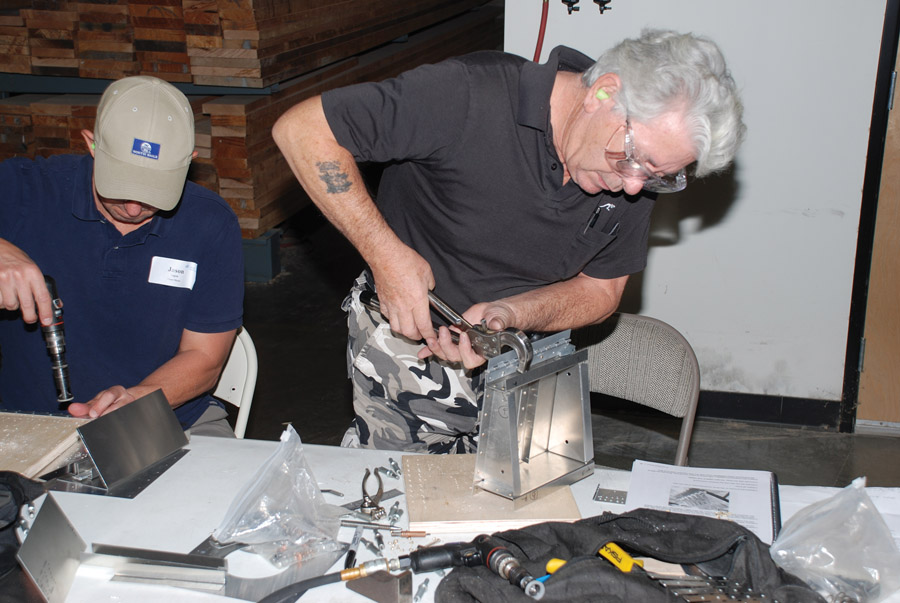
New builders get some hands-on training in metal work at an EAA SportAir Workshop. Other workshops cover composite construction, tube and fabric, electrical, and more. Similar experiences can be found at AirVenture. One of these workshops is a great way to sample an unfamiliar construction technique.
Cost and performance get much of the attention in the process of selecting an E/A-B plane to buy or build, but for those who choose to build, ease of construction should also get some consideration, especially for a first-time builder. Just as salesmen tend to understate the finished cost of an airplane project, so too do they tend to understate the amount of time it will take the average builder to construct a flyable airplane from their kit. This is where checking out builder forums online will pay off for you, and where just walking around at AirVenture or smaller fly-ins and talking to people will get you better information. Your local EAA chapter may also have a few members with firsthand knowledge of build times for certain airplanes.
There are some general rules to keep in mind when it comes to evaluating the difficulty of building any airplane. More complex airplanes will take longer to build because they have more complex systems, despite the fact that the kit manufacturer may have done much to simplify the construction of the basic structure. Plansbuilt planes will take longer than kits to build as a general rule. Much of that time will be spent figuring things out and where to get them, things that are usually done for you or greatly simplified with a kit. Quickbuild options can often save 30-40% off the normal build time. You trade time for money.
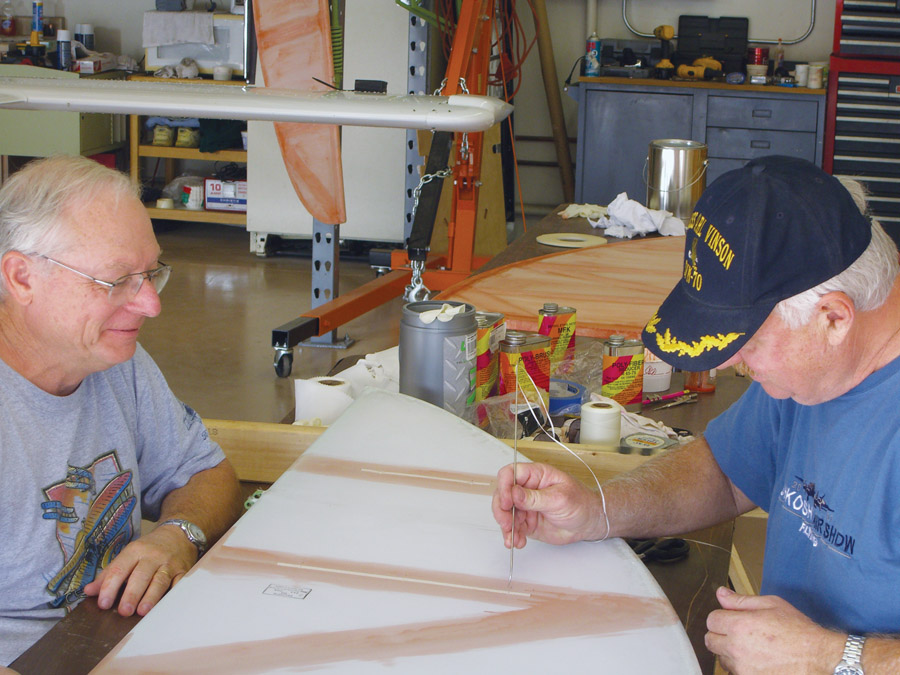
Some people are afraid of tackling tube-and-fabric construction because it is so different from what they are used to doing. But with a little training, the process can be easily mastered and is just plain fun.
One of the most extreme examples of this is Glasair’s Two-Weeks-to-Taxi program to build their Sportsman airplane. Yes, you really can build the plane in two weeks, for a price, and it is legal. Of course, there are also builder-assist and pro-builder options that range from barely legal to outright crooked, requiring you to perjure yourself when you sign the FAA 8130-12 form. If you use builder assistance that clearly exceeds the allowable limit, just be aware of the risks involved—namely that your application for an E/A-B airworthiness certificate could be denied.
Besides build time, there is the matter of what materials you will be working with. Some people are allergic to composite resins, making such planes a poor choice for them. Other builders may be more comfortable working with riveted structures than welded, fabric-covered ones. Barring health problems, learning how to use different construction techniques can be fun and educational, which is after all the whole point of E/A-B airplanes—education and recreation.
If you are building to fly, then you should really pay attention to ease of construction and available quickbuild options. But if you just enjoy the challenge of the building process, you may be quite happy proceeding at a more leisurely pace. Not everyone is the same or has the same goals, and that’s OK.
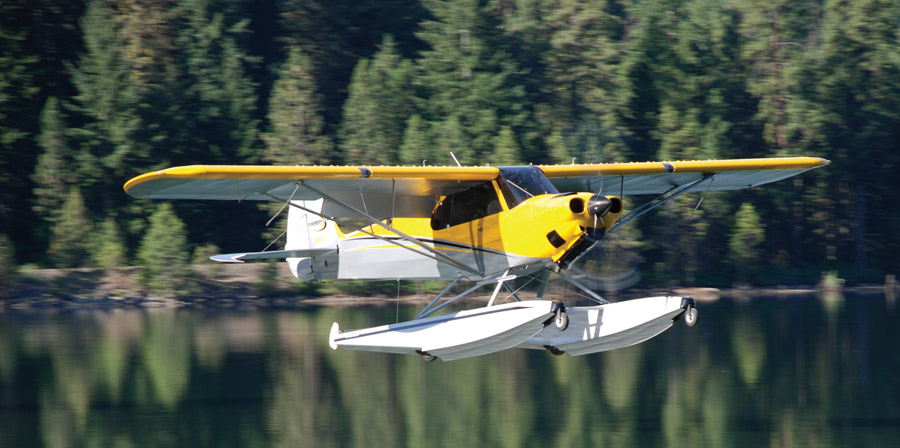
With 180 hp and amphibious floats, this Carbon Cub is at home on water or land. See the March 2016 issue of KITPLANES. (Photo: Dave Prizio)
Social Aspects of Airplane Building
I have often told people that I started off building an airplane and ended up with a bunch of new friends. I also got an airplane out of the deal, but the friends I have made along the way are worth so much more than the airplane. Building what your friends have built or are building makes a lot of sense. A lot of your life will be tied up in your project, and hopefully in your plane when it is finished. Picking a plane that fits in well with your social group will likely make that experience more rewarding. On the other hand, building something different will give you the opportunity to make new friends. In any case, do not discount the social aspect of building and flying an E/A-B airplane. Some great activities get organized by some of the more active owner/builder groups.
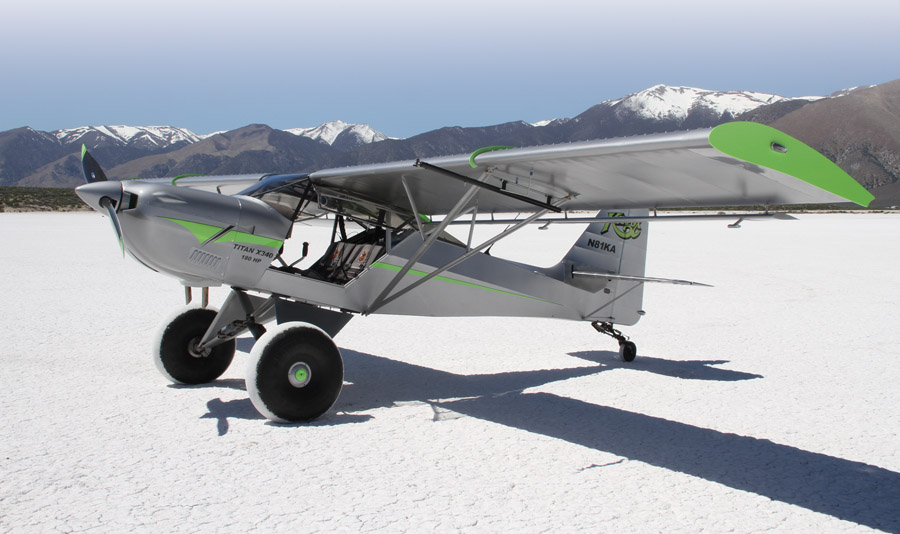
The Kitfox S7 STi has been optimized for short-field performance. See the September 2017 issue of Kitplanes. (Photo: Paul Dye)
What Are You Waiting For?
Clearly you are interested in flying or you wouldn’t even be looking at this magazine, and you are also probably interested in, or have at least thought about, buying or building an E/A-B airplane. Now all you have to do is pick one and get started, and there is no better place to find the information you need to make your decision than right here. Once you have narrowed down your choices, try joining one or two of the owner/builder forums available online. A quick web search should get you going in the right direction. Most groups welcome prospective buyers and will be glad to answer your questions, so don’t hold back. Just jump right in. This could be the beginning of the most interesting and enjoyable thing you have done in a long time.


